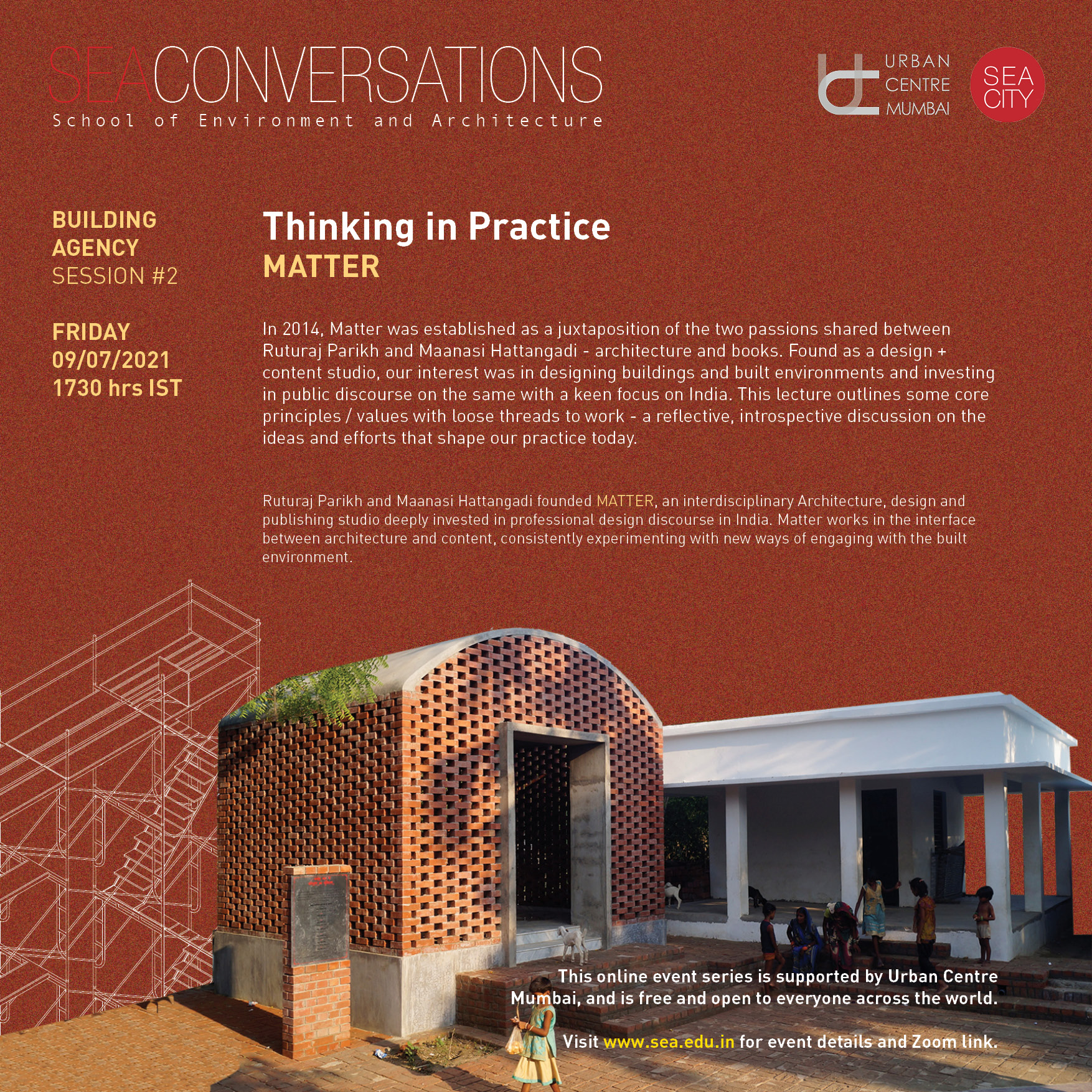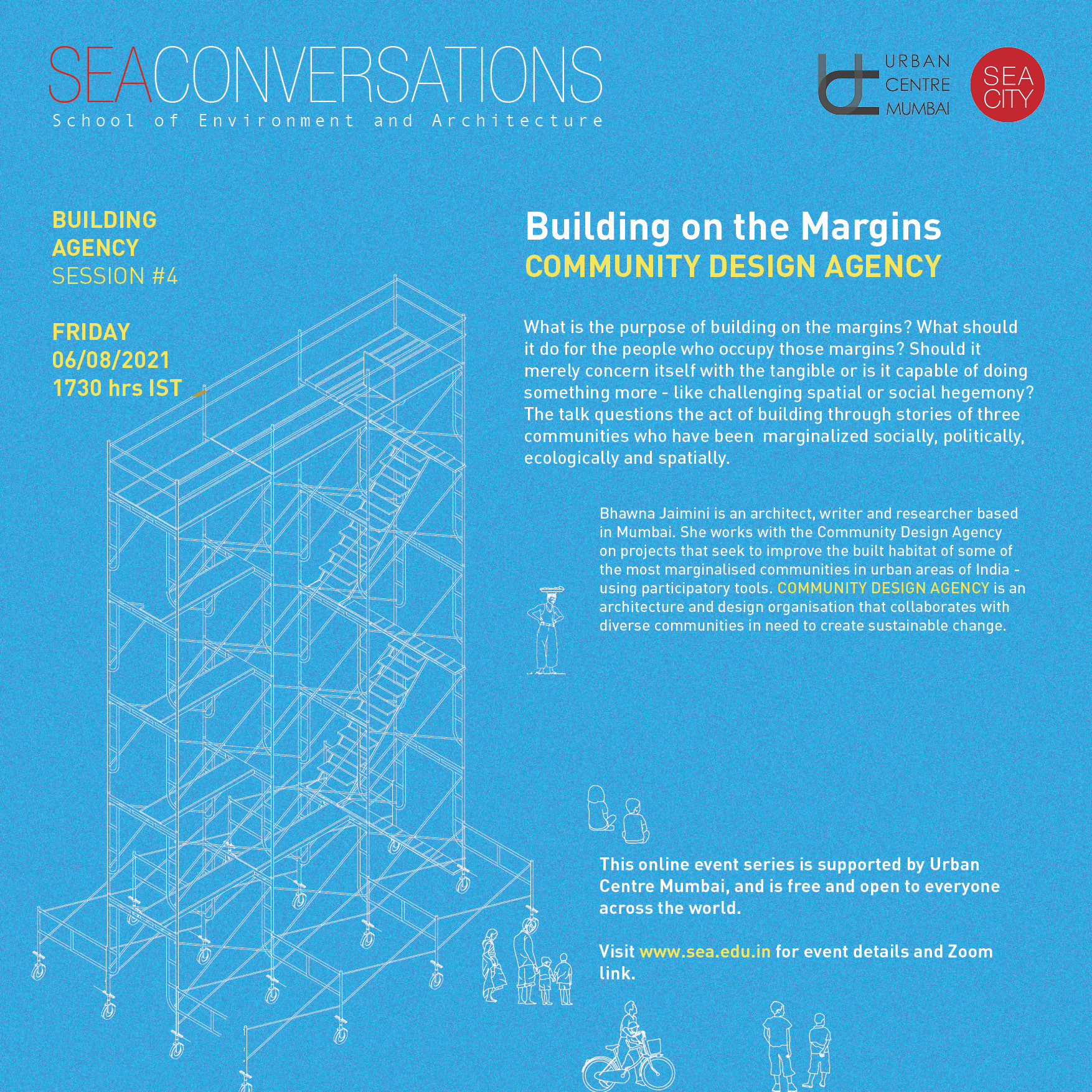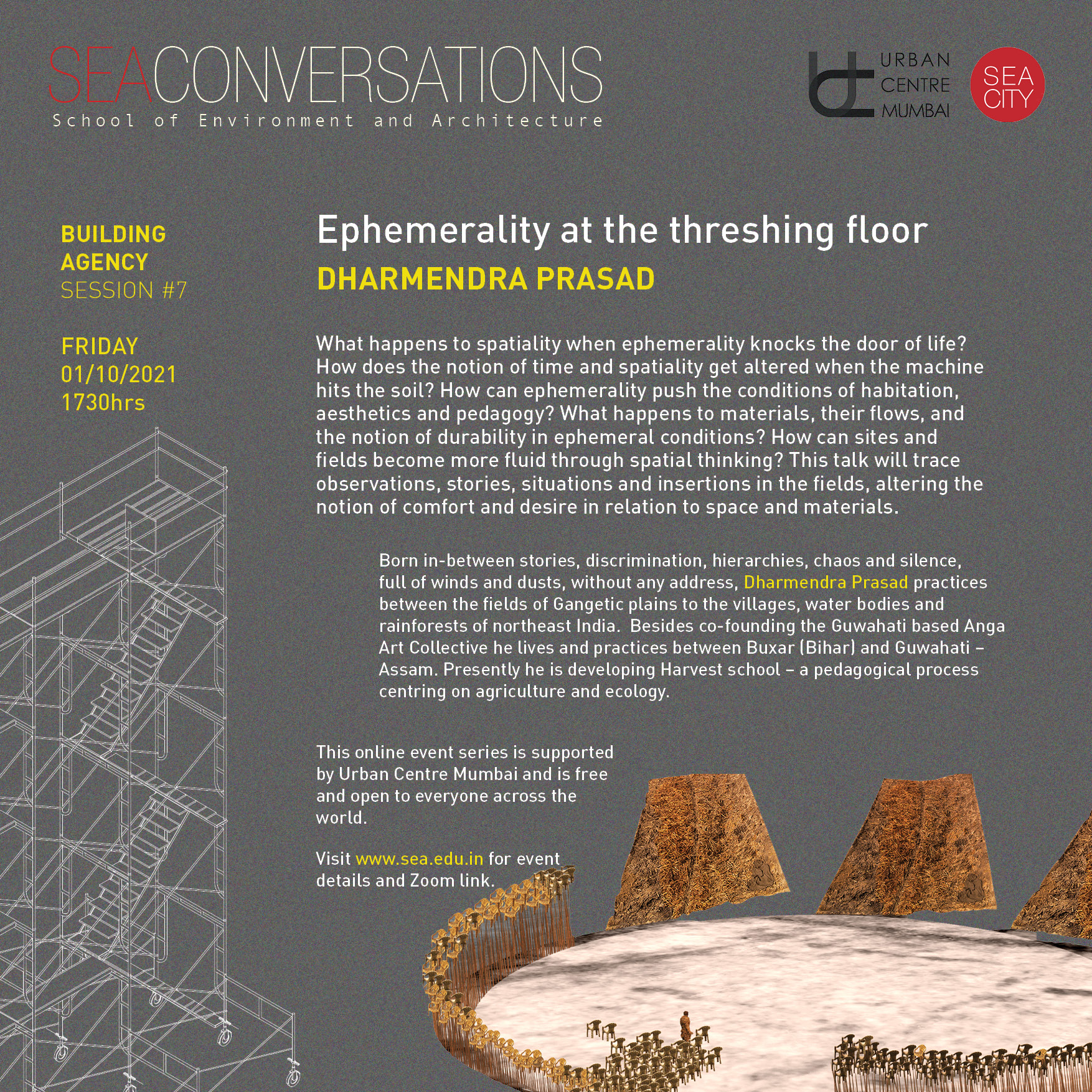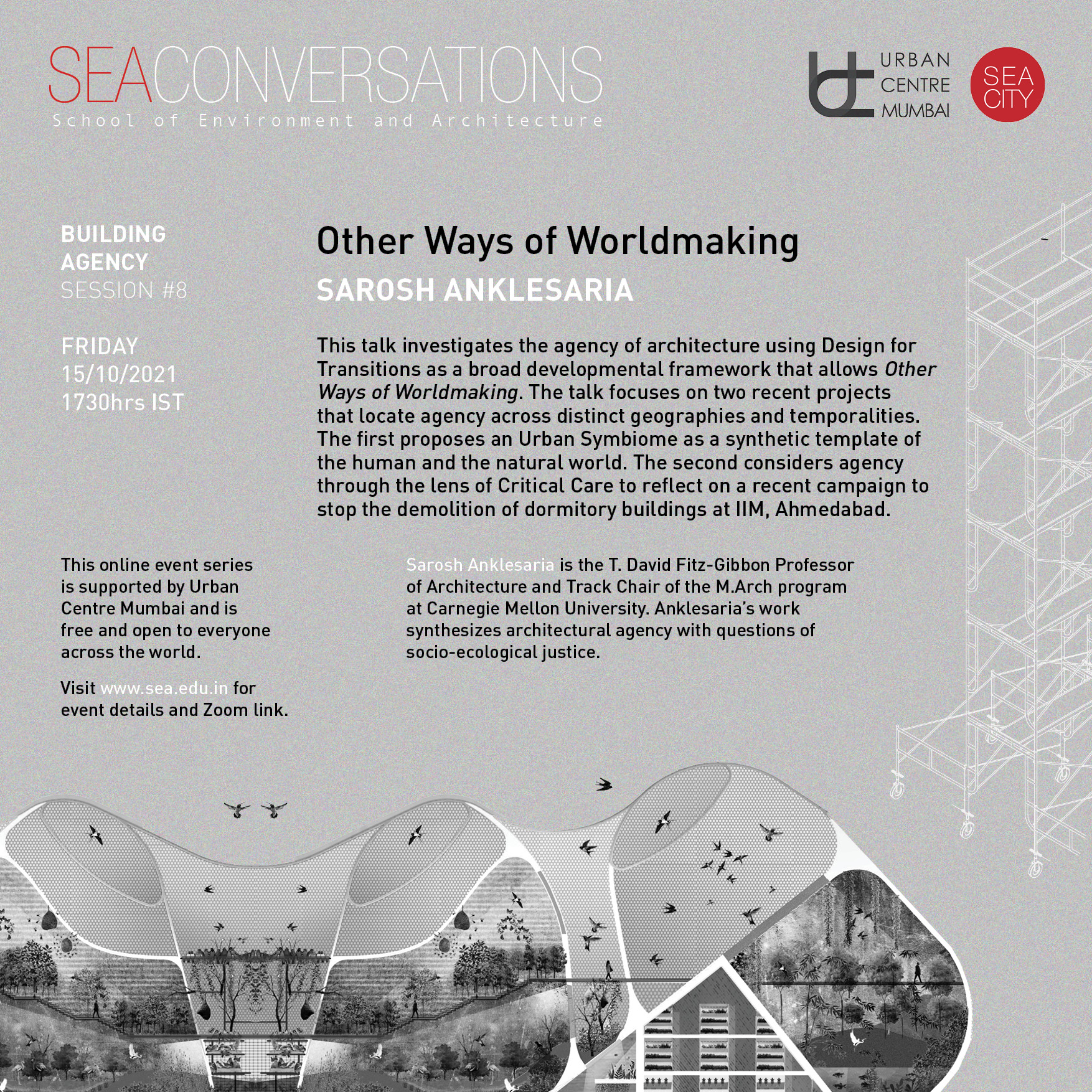Building Agency
On 16th March 2020, the Supreme Court of India made an interpretation of the Architects Act of 1972 that shook the legislative identity of architects in the country. The Act had prohibited anyone who is not registered by the Council of Architecture (and not qualified as an architect) to use the title of the ‘architect’. For years, this prohibition was interpreted as a prohibition on participating in the building making industry as a designer, supervisor, etc. The Supreme Court’s interpretation severed the two aspects - while it recognised that use of the title of an ‘architect’ is connected to qualification, registration, etc; it ruled that the Act does not provide any prohibition on anyone for participating in the building making activity in any capacity. Even though architects contribute to a miniscule proportion of the built environment, the architectural community felt threatened for its identity and agency.
In response to the fresh economic flows of post liberalization, architecture in India almost willingly took a service-oriented tone, moulding private capital into bold, unapologetic delivery of absolutely new building types. The architectural portfolios in the last three decades have been largely about second homes, private townships, corporate complexes or commercial enclaves. To a large extent, these must also be read as the exigent and inevitable responses to the restructuring of the national economy itself.
This has been a clear departure from architects who grew up in the socialist state in providing solutions for large scale affordable housing, city expansions or public institutions.
The new millennium has only brought to fore the difficult realities of the built environment we come to inhabit today – those that have created social and spatial polarizations that are sharper and evident than ever before. This is particularly evident in the increasing number of protests across the world that are deeply related to access to resources
‘Building Agency’ aims to address the question of how architecture becomes relevant for / in society today. There are two main dimensions to this question - how does spatial design shape societal relationships; and how could a spatial practitioner contribute responsibly and potently to the emerging complexities of spatial operation today? The series invites spatial practitioners who have been formulating visions, trajectories, questions, methods and processes through which the environmental apparatus may be configured afresh. These discussions, we expect, will offer useful directions for contemporary spatial pedagogy and practice.
GO BACK
SESSIONS
Light Infrastructures: On speculative Development
by Chaal Chaal Agency
25th June 2021
Thinking in Practice
by Ruturaj Parikh and Manasi Hattangadi Matter
9th July 2021
Design as if People Matter
by Swati Janu, Social Design Collab
23rd July 2021
Building on the Margins
by Bhawna Jaimini, Community Design Agency
6th August 2021
From Dinghaiqiao to 51 Personae: A Journey of transforming Locality
by Chen Yun, Dinghaiqiao Mutual Aid Society, Shanghai
20th August 2021
coopia: Fields of alliances / Cartographies of cooperation
by the Coopia team including Marielsa Castro Vizcarra (C. México), Claudio Cuneo Raffo (Lima), Felipe Guerra Arjona (C. México) and María Camila Leal Acevedo (Bogotá)
24th September 2021
Ephemerality at the threshing floor
by Dharmendra Prasad
1st October 2021
Other Ways of Worldmaking
by Sarosh Anklesaria
15th October 2021
 Introduction
Introduction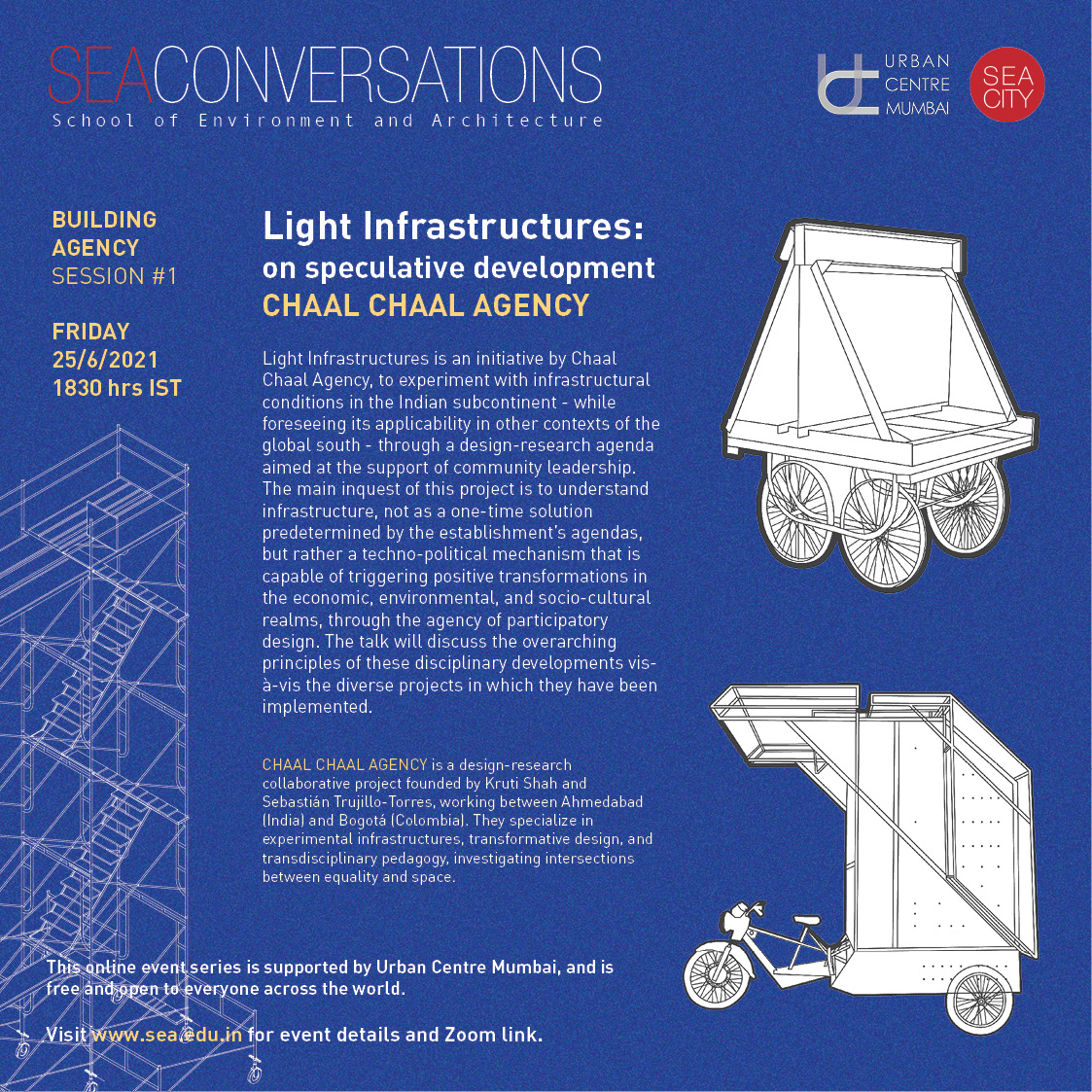
Light Infrastructures: On speculative Development
by Chaal Chaal Agency
25th June 2021
YouTube Link #126
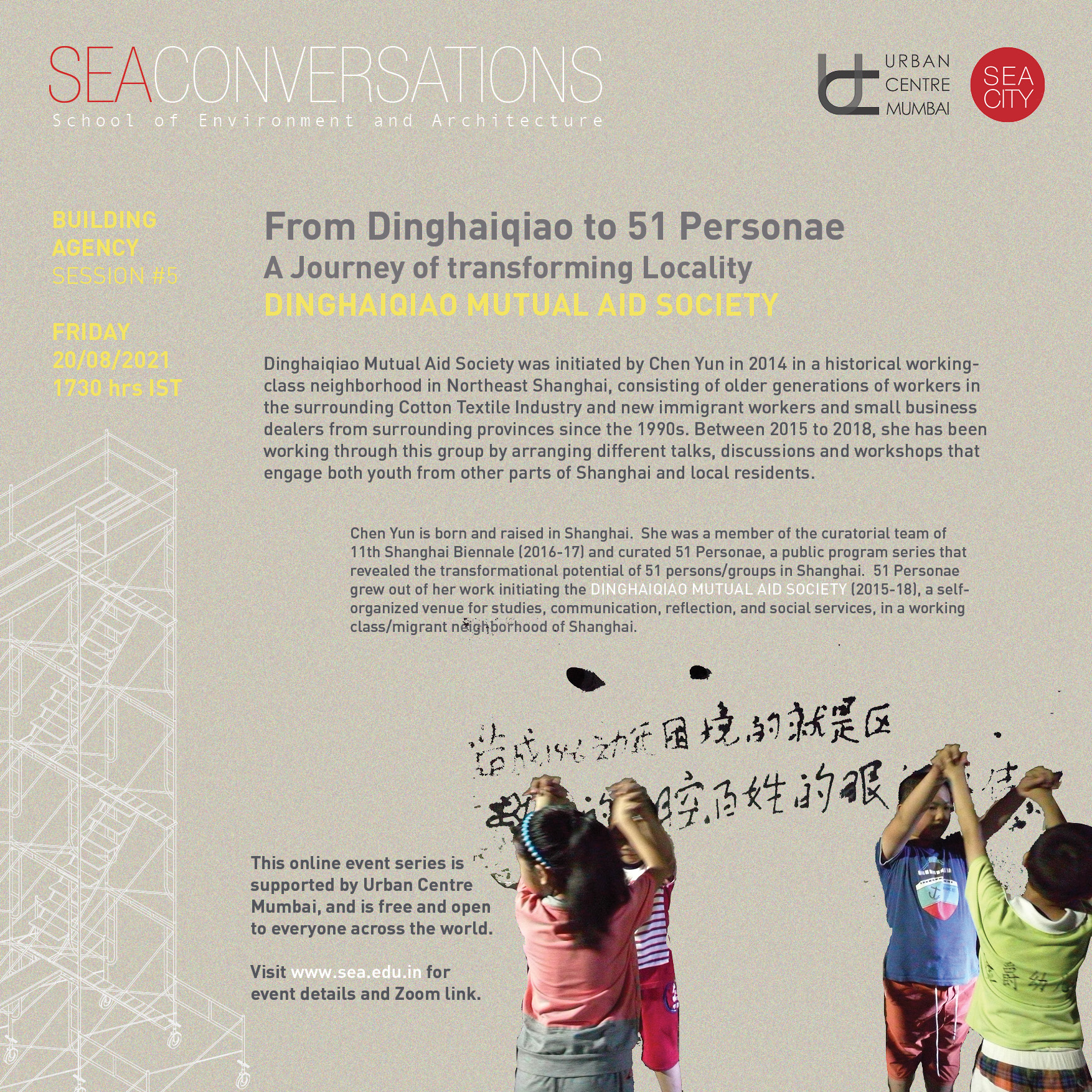
From Dinghaiqiao to 51 Personae: A Journey of transforming Locality
by Chen Yun, Dinghaiqiao Mutual Aid Society, Shanghai
20th August 2021
YouTube Link #130

coopia: Fields of alliances / Cartographies of cooperation
by the Coopia team including Marielsa Castro Vizcarra (C. México), Claudio Cuneo Raffo (Lima), Felipe Guerra Arjona (C. México) and María Camila Leal Acevedo (Bogotá)
24th September 2021
YouTube Link #131
